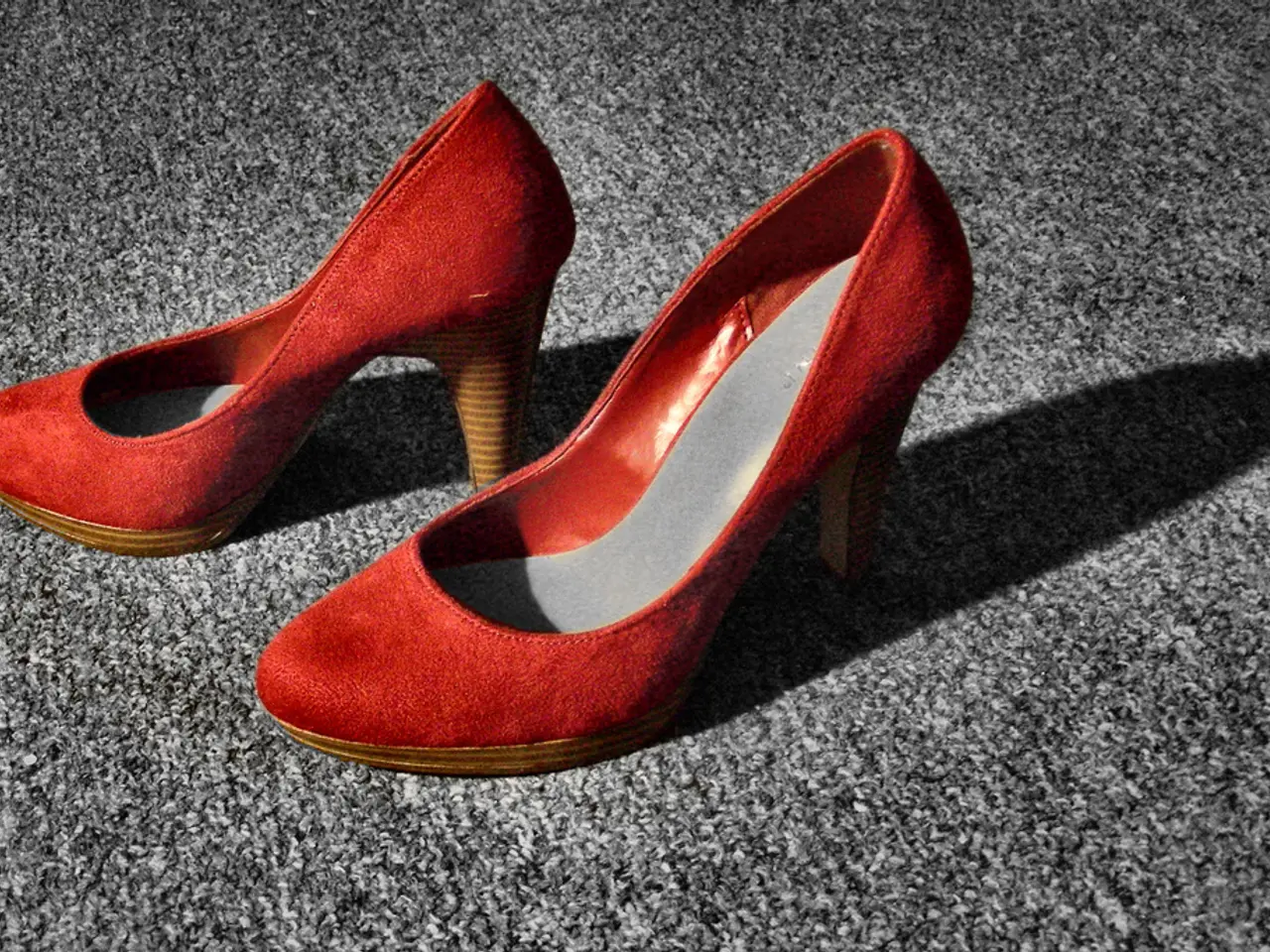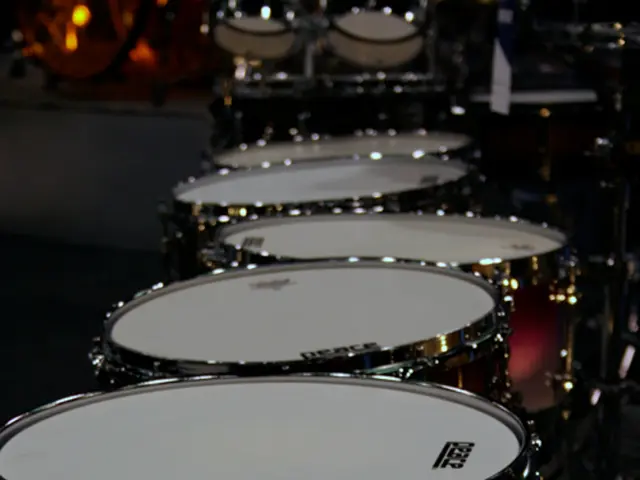Overlooked Foot Health: Could You Be Suffering Unknowingly?
Subtitle: Discover the Benefits of Going Barefoot and Practicing Simple Foot Exercises
Going barefoot or adopting barefoot-style shoes can bring numerous benefits for foot health, as well as positively impacting hip and back health by improving posture and alignment. Here's what you need to know:
Stronger, more flexible feet
Walking barefoot activates and strengthens the foot’s muscles, tendons, and ligaments, improving foot arches and natural alignment over time. This strengthens foot endurance and reduces fatigue and injury risk.
Improved balance and coordination
Barefoot walking reawakens proprioception (the body’s awareness of position), enhancing coordination and balance. Better balance reduces fall risk and joint strain, including in hips and back, by promoting a more natural gait and posture.
Better posture and body alignment
Strengthened foot muscles and increased sensory feedback help the body stand taller and move more steadily. This improved posture can alleviate strain on hips and the lower back by supporting a more natural weight distribution.
Reduced chronic foot pain
Conditions like plantar fasciitis and bunions often stem from improper foot mechanics caused by shoes. Barefoot walking allows feet to move naturally, redistributing pressure and potentially reducing such pains.
Lower inflammation and pain
Grounding by walking barefoot on natural surfaces like grass may reduce inflammation and muscle soreness via electron transfer from the earth, potentially benefiting not just feet but overall body comfort.
Enhancements to overall well-being
Barefoot walking can reduce stress hormones, improve sleep quality, and boost mood, contributing to better overall physical health, which indirectly supports musculoskeletal health including hips and back.
Simple Self-Tests and Exercises
A simple self-test for shortened bands in the feet is squatting down deeply and trying to keep the heel on the ground. If one can only balance on their toes during this test, it indicates shortened bands and muscles. To counteract muscle atrophy, active foot exercises should be performed one to two times a week.
Exercises like "Calf Raises," "Balance on the Outer Edge of the Foot," "Toe Towel Curls," and others can be incorporated into a weekly routine. However, caution is advised: people with flat feet, diabetes, plantar fasciitis, or other foot conditions should consult healthcare providers before starting these exercises.
Appropriate Footwear
Barefoot walking is not always feasible year-round, so appropriate footwear is still necessary. Shoes from the brand MBT, for example, support the natural rolling motion of the feet and help prevent incorrect postures and pain.
Conclusion
Transitioning to barefoot walking or barefoot-style shoes can lead to stronger, more flexible feet, improved balance and coordination, better posture and body alignment, reduced chronic foot pain, lower inflammation and pain, and enhancements to overall well-being. However, it's important to approach this change gradually and with caution, especially for those with certain foot conditions. Always consult a healthcare professional for personalised advice.
- Engaging in barefoot exercises or adopting barefoot-style shoes contributes to the science of improving foot strength, flexibility, balance, and posture, which synchronizes well with the health-and-wellness domain.
- Fitness-and-exercise routines can be expanded to include activities like toe towel curls and calf raises, as discussed in the text, to promote wellness, reducing foot pain and enhancing overall well-being.




